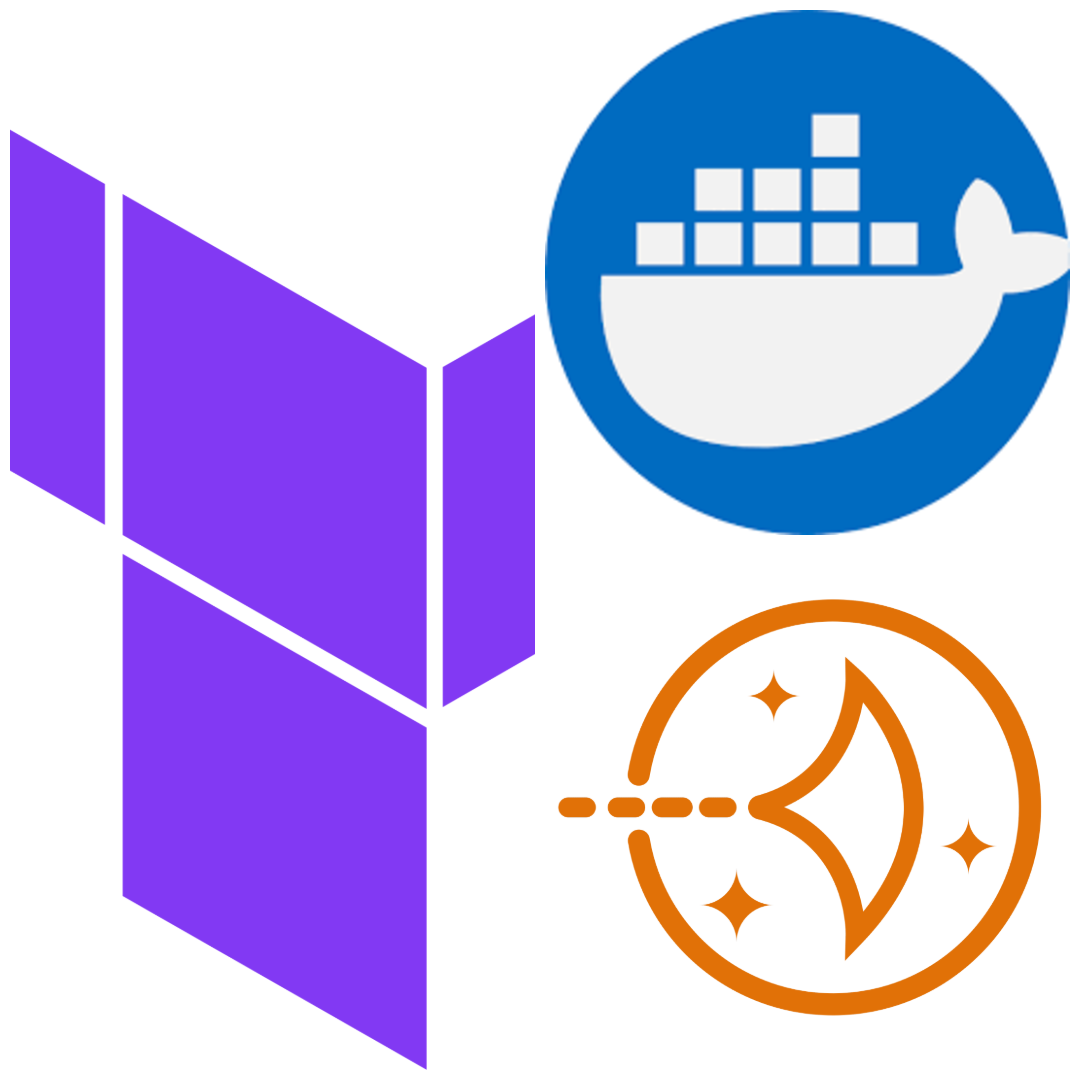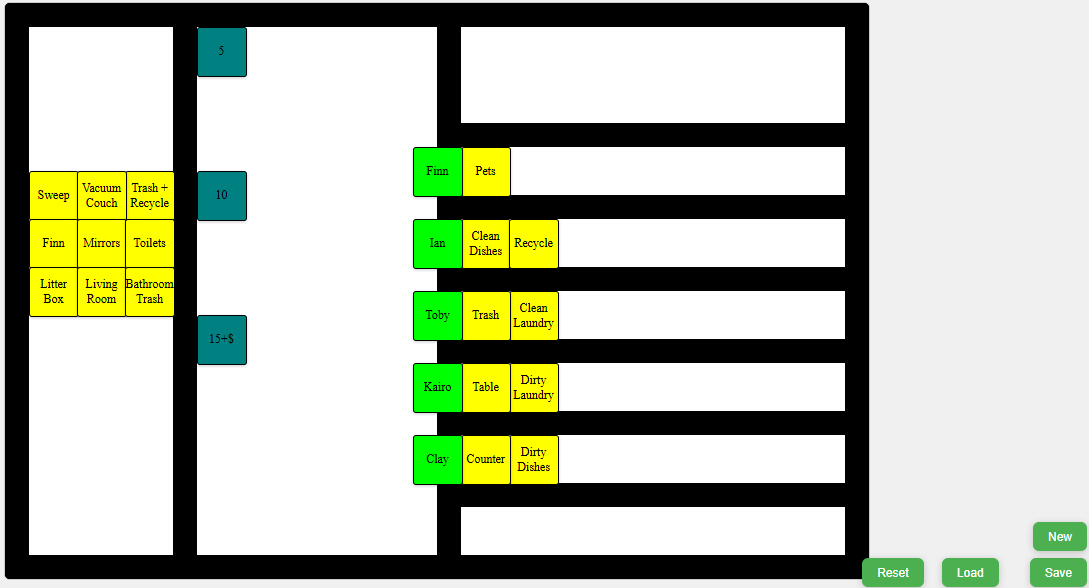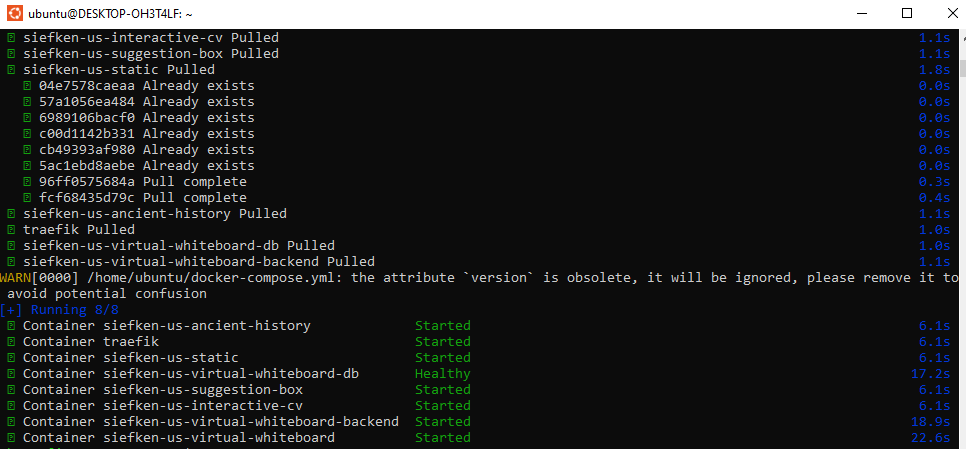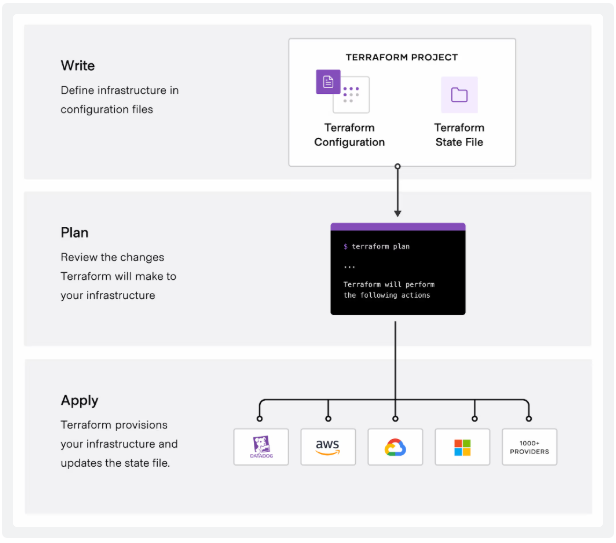Adventures in Automation, Part 2

In Part 1, I set up a minimal VPS to host web apps and content. Excited to have a personal tech playground, my first project was converting an old web app (originally built in GameMaker Studio 2) into React. With help from ChatGPT, I revamped the app and deployed it on my site.

Of course, my son found a bug immediately (kids are the best QA!). That inspired me to set up a bug tracker. I chose PHP for its simplicity and abundance of documentation, pairing it with a LAMP stack.
Enter Containers
Reflecting on my setup, I realized it would be a pain to rebuild if anything failed. Automation was the answer! Kubernetes was overkill - I don't need scalability for a $5/month personal site. But Docker? Perfect. It simplifies OS dependencies and keeps projects isolated. My first experiment - containerizing static content - was a breeze, so I decided to adopt Docker for all my projects.

Automating Infrastructure
To manage AWS resources, I chose Terraform, which I'd seen in action at work. It was a great learning opportunity and surprisingly quick to implement. Using S3 buckets for tfstate made running Terraform commands locally and via GitHub Actions seamless. The setup - Route 53 domains, Lightsail instance, static IPs - was minimal and straightforward.

With Docker and Terraform in place, my resilient tech playground was taking shape. Next, I faced the challenge of combining multiple Docker containers into one site. Stay tuned for Part 3, where I tackle that with Traefik (and figure out how to pronounce it! 😆).
Have Docker or Terraform stories? Share them in the LinkedIn comments - I'd love to hear!